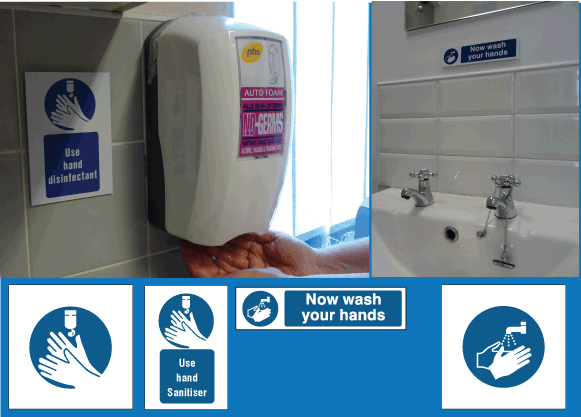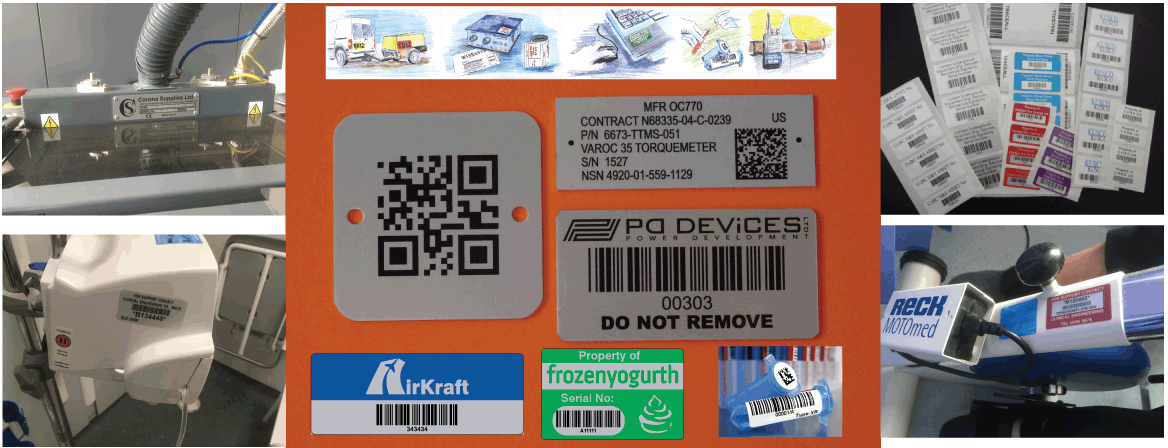.gif)
The Health and Safety (Safety Signs and Signals) Regulations of 1996, established by the UK's Health and Safety Executive, mandate that commercial kitchens and catering establishments have safety signs and signals.
It says that, when additional safety precautions have been put in place, safety signs and signals are necessary anywhere there is a risk to employee safety. Signs must be visible, readable, and indicate forbidden behaviours, safety precautions, warn of dangers, or point to safety precautions such as fire exits or equipment for first aid or fire safety.
So, it is important to understand what the potential hazards are when it comes to food safety when working in a kitchen. Read on to learn what food contamination is, as well as what signs you can utilise to prevent it.
More...

June is National Safety Month, so we’re looking back and discussing what this means in a post-Covid world. Aspects of National Safety Month this year have gained additional relevance in the aftermath of the Covid-19 issue, and priorities have shifted as a result.
So, let’s take a look at some of our safety priorities, including safety in terms of mental, as well as physical, well-being and how workplaces can help with this.
More...

In order to prevent theft and, in many cases, provide a far more simplified method of keeping track of all their products, a significant number of businesses across the UK are now starting to implement asset tags throughout their facilities.
Asset tags are a very popular for many top firms across the nation due to their dual functionality in preventing theft and facilitating inventory management. Many firms are finding that it is considerably simpler to dramatically lower the quantity of unaccounted for stock that they experience by using inventory-style asset tags.
More...